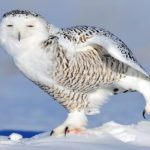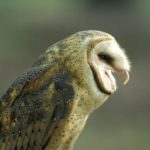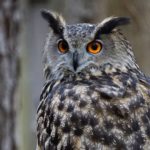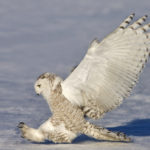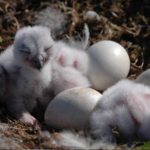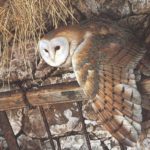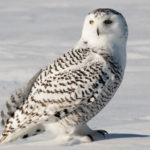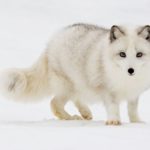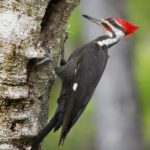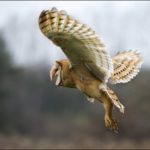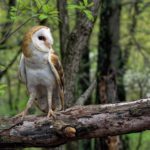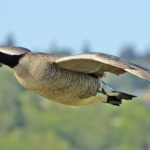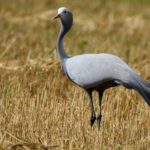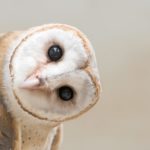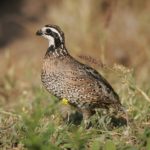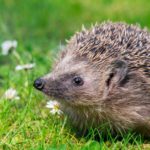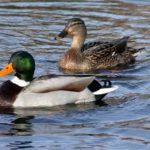Facts about snowy owls
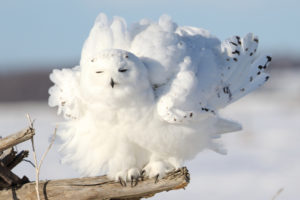 Snowy owls play one of the key roles in tundra biota, being one of the main rodent fighters, as well as a factor in the successful nesting of some tundra birds. Using the extreme aggressiveness of white owls in protecting the nesting area, ducks, geese, goosefish, waders nest on it. Owls do not touch the birds, but successfully drive away from their territory arctic foxes that ruin the nests.
Snowy owls play one of the key roles in tundra biota, being one of the main rodent fighters, as well as a factor in the successful nesting of some tundra birds. Using the extreme aggressiveness of white owls in protecting the nesting area, ducks, geese, goosefish, waders nest on it. Owls do not touch the birds, but successfully drive away from their territory arctic foxes that ruin the nests.
- The owls nest in both high places and low, but give preference to high hills and dry ground, as the bird begins to lay, when the area is still covered with snow.
- Snowy owl is common throughout the tundra zone. For the winter in search of food, he migrates to the zone of forest-tundra and steppes; In forests is rare.
- The white plumage of a polar owl masks it against the background of snow.
- Snowy owl is an active predator. The basis of its nutrition is formed by mouse-shaped rodents, primarily lemmings. Over a year, one owl eats more than 1600 lemmings.
- A snowy owl hunts, mostly sitting on the ground, preferably on a raised platform, and rushing at the approaching prey.
- It is a large bird – the wingspan is on the average 140-160 cm.
- In nature, live 9 years, in conditions of detention – 28 years.
